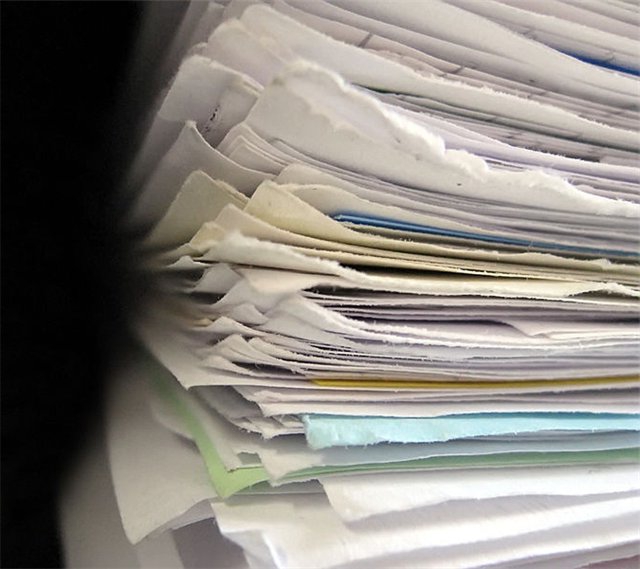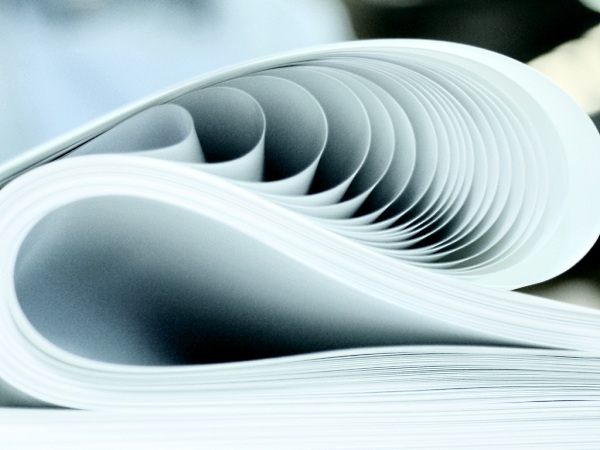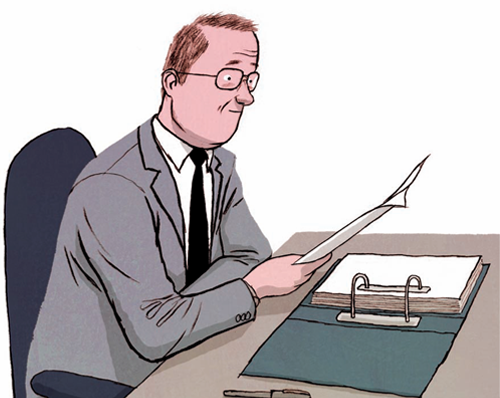A futures contract (or simply futures) is a security obliging the two parties to buy and sell a certain product at a specific price in the near future.
Futures versus Option Comparison
Comparing these two concepts, the following should be noted. An option gives the right, and not the obligation to sell or purchase any product at an agreed price in the future. At the same time, the futures contract is a more strict document.

It imposes obligations on two interacting parties. It should also be noted that when trading using futures, the actual exchange of goods is not performed.
The need for futures
A futures contract is used in the following cases:
- tool pricing - the main purpose of this type of document;
- a kind of insurance against various financial risks (in other words, hedging with futures contracts);
- speculation in order to gain profit in monetary terms (mainly investors or experienced traders do this).
Futures Properties

The most common futures contracts on the commodity and commodity markets. Any such document has two main parameters:
- the execution date at which the purchase and sale transaction must be completed is clearly defined;
- instrument that is the subject of the contract (raw materials, goods, currency or securities).
- Moreover, if it comes to the use of currency, then such a contract already has the name forward.
- In addition to the main parameters, there are also additional ones:
- Exchange where futures are sold;
- unit of measure and its size (for example, 1000 barrels);
- futures contract quote unit (for example, US dollars per barrel);
- margin value (the amount that must be paid when signing the futures and is saved to cover losses when they occur).
Futures contracts are unstable, very liquid, they have a high degree of risk. Therefore, novice traders and investors can not deal with them without special training.
Futures - this is not the reception or delivery of goods
The purchase of a futures contract does not at all mean the occurrence of obligations to accept the delivery of a certain product. In addition, the acquisition of futures on product market does not mean at all that the buyer will accept the specified goods.
Thus, there are no actual deliveries on futures. They are necessary only for determining the price of goods. Next, we’ll try to figure out what should happen when the futures contract is due in the absence of real deliveries of goods.
Futures Contract Properties

- The conclusion of this contract is carried out only on the exchange in accordance with the terms adopted on it. It is characterized by high liquidity.
- The form of this contract is standard, which implies the unhindered acquisition or sale by the investor of a futures contract. He will also be able, if necessary, to liquidate this position through the implementation of a reverse transaction.
- A futures contract is characterized not by a real purchase and sale of an asset, but by a simple hedging of positions. This is a kind of game on the price difference for a particular asset. Based on statistical data, due to the unacceptability of standard conditions, only about 5% of these contracts with open positions end with the actual delivery of goods or another type of asset.
- The performance of the futures should be guaranteed by the clearing house of exchange, which is ensured by a large insurance fund and a mandatory guarantee collateral mechanism. The cost of a futures contract is determined during its registration in the course of trading on the stock exchange in the clearing house.
- A person who undertakes to acquire an asset is the buyer of the contract. A person who undertakes to deliver this asset is recognized by its seller.
- The basis of a futures contract is a limited number of assets, the main feature of which is the unpredictability of price changes. Futures assets can be concluded on agricultural goods (for example, grain), on resources (gold, copper), on foreign currency, on market indices or securities.
Key Options for Futures Trading

- A trading lot represented by a certain amount of an underlying asset that is included in one contract.
- The place of delivery in commodity-type futures implies the delivery of goods by sellers who have not closed their positions to the warehouse indicated by the exchange.
- A price quote is represented by the degree to which its accuracy is determined (often to the nearest hundredth).
- The price step is characterized by the minimum value of price changes per unit of underlying asset. It is determined by the exchange on its own and should ensure the convergence of prices of both the seller and the buyer during the bidding process.
- Standards are used in commodity futures and characterize the quality of the goods, which forms the basis of this contract. They must have a number and class.
- The limit price change per day is set by the exchange in relation to the quoted price of the day before. This metric can be introduced to limit speculation on a futures contract. When the futures price goes beyond the necessary interval, the exchange can stop trading until it again falls into the initially set interval.
What happens to money
When the execution of a futures contract comes, one of the following options for solving this issue may develop.

For example, counterparty A bought futures from B. The time for its execution is coming. Therefore, the following may occur:
- balance B increases with decreasing balance A;
- the balances of two counterparties remain unchanged;
- balance A decreases with increasing balance B.
In practice, the situation, of course, looks much more complicated, but in this example the general concept of futures trading was given.
More on the three outcomes of futures contracts
The first option clearly shows that the seller’s account is replenished while reducing the buyer's account. This situation arises with an increase in the price of the instrument. In fact, counterparty A purchased the goods from B at a cheaper price, and could sell it immediately, earning a certain amount.
Thus, the sale of a futures contract serves to facilitate the activities of business entities.

In the second use case, the counterparty balances remain unchanged, despite the administrative costs that are possible on both sides.
And finally, the third option, in which financial futures contracts affect in the reverse order from the first option. In other words, the seller’s hopes were realized, the price fell, so he can profitably sell the goods. If the seller himself was engaged in the sale of goods, he would buy it at the market price, and would sell it to the buyer in futures, and could earn some money. To facilitate the seller’s life, there are futures contracts on which exchanges exempt him from the cost of transporting goods, make their own calculations and transfer to his account the difference between the price of the futures contract and the market price. At the same time, the indicated amount is debited from the buyer's account.
Forwards and futures contracts: possible failure
In case of cancellation of the futures before the deadline for its execution, the rules of conduct are no different from the actions that are carried out upon maturity. In other words, the price of a futures contract is compared with the market, and the participants ’accounts move in accordance with one of the three options mentioned above.
Forward contract details
Forwards and futures are identical concepts. However, there are some differences in their definition.

So, forward contract represents an agreement between two counterparties on the delivery of the subject of the contract in the future. As such, securities, currency or goods can be used. The agreement may be concluded not on the exchange.
A forward transaction is binding. It should be noted that the person who undertakes to deliver the assets takes the so-called short position. And the person who acquires the asset is long.
As part of the forward contract, the asset is actually delivered. This document lays the conditions convenient for both parties. In other words, this is a standard form contract. In this regard, there are no secondary markets among forward contracts. Delivery price - the price of the asset, which is indicated in the contract.
Unlike forward futures, an agreement between counterparties on the future supply of an asset. This agreement is concluded only on the exchange.
Conclusion
Summing up the above material, it should be noted that futures are a specific type of financial derivatives. Its main purpose is to determine the price of an instrument in the form of a product, raw material or currency. Using a futures obligation arises for both counterparties. So, the seller, signing the futures contract, agrees to implement, and the buyer - buy at the price agreed upon when signing this document.
However, the actual delivery of goods is not carried out. The parties can only make a profit or loss depending on the price level for a particular instrument. In reality, the delivery of goods takes place according to established relations regulated by the commodity market and protected from risks.








